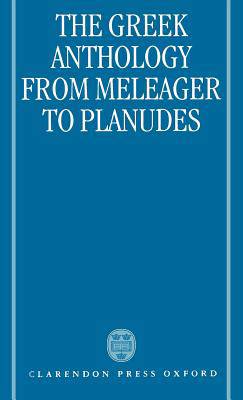
- Afhalen na 1 uur in een winkel met voorraad
- Gratis thuislevering in België vanaf € 30
- Ruim aanbod met 7 miljoen producten
- Afhalen na 1 uur in een winkel met voorraad
- Gratis thuislevering in België vanaf € 30
- Ruim aanbod met 7 miljoen producten
Zoeken
Omschrijving
The Greek Anthology is one of the great books of European literature, "a garden containing the flowers and weeds of 1500 years of Greek epigram." Cameron's study adds a wealth of new information about its growth over an even longer period, from the earliest papyrus anthologies down to the 1606 rediscovery of the Palatine Anthology (AP), our principal source for the entire history of Greek epigram, from Simonides to the Byzantine age. It was a Byzantine schoolmaster, Constantine Cephalas, who excerpted all the major ancient collections around 900. His work is reconstructed from a closer analysis of AP (ca 940) and the various later collections. Following a number of neglected clues, Cameron identifies the compiler of AP as Constantine the Rhodian, and solves the mystery of the wanderings of AP during the renaissance, showing that it once belonged to Sir Thomas More.
Specificaties
Betrokkenen
- Auteur(s):
- Uitgeverij:
Inhoud
- Aantal bladzijden:
- 432
- Taal:
- Engels
Eigenschappen
- Productcode (EAN):
- 9780198140238
- Verschijningsdatum:
- 24/06/1993
- Uitvoering:
- Hardcover
- Formaat:
- Genaaid
- Afmetingen:
- 142 mm x 226 mm
- Gewicht:
- 739 g

Alleen bij Standaard Boekhandel
+ 902 punten op je klantenkaart van Standaard Boekhandel
Beoordelingen
We publiceren alleen reviews die voldoen aan de voorwaarden voor reviews. Bekijk onze voorwaarden voor reviews.











